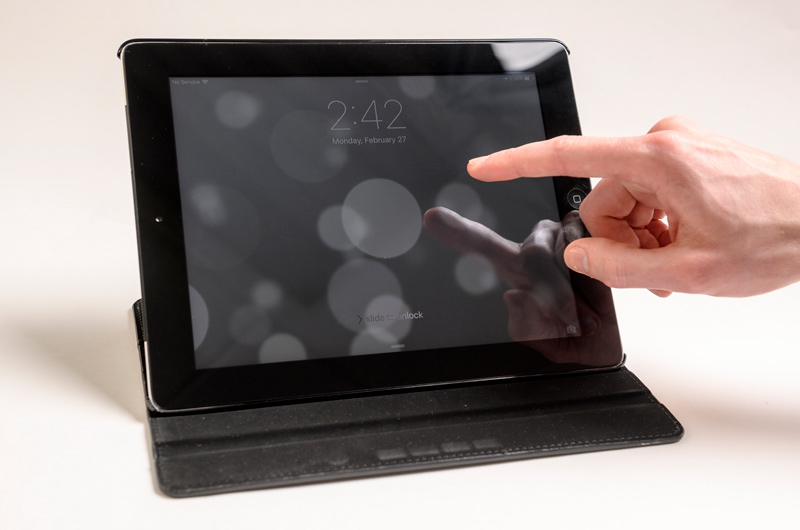


5 things all inventors should know
Photo by Kathy F. Atkinson May 12, 2022
Top tips, tools and techniques for protecting your ideas and inventions
You’ve found an unmet societal need and think you have a solution. Now what?
We polled members of the University of Delaware’s Technology Transfer team, a division of UD’s Office of Economic Innovation and Partnerships, for the top five things every inventor should know about protecting intellectual property and staying ahead of the invention curve.
1. Protect your work early: If you think you have a novel idea, invention or technology, it is important to protect it early. At UD, OEIP’s Technology Transfer team can help you file an invention disclosure to protect your rights, prior to publishing or presenting, as you continue your research and develop your ideas.
2. Know the difference between intellectual property and technology transfer: Intellectual property is when you develop a novel, useful and non-obvious idea or invention that can be patented, trademarked, copyrighted or otherwise protected with an invention disclosure. Technology transfer is when another person or business licenses the right to use your invention in a product or service for society from the University. Sometimes the business that licenses the UD-developed technology is your own, if your idea becomes the seed for a future startup.
3. You can invent and still do research: Filing an invention disclosure or working to commercialize an idea does not impact a faculty member or researcher’s ability to do research. You can still publish papers and present your work at conferences once the disclosure is protected. The important thing is to protect your ideas up front, giving you the latitude to develop, pursue or pivot your research in new directions.
4. It all starts with you, the inventor: To begin the technology transfer process, you need to make the first move … send an email or make the call. From there, OIEP’s technology transfer experts can help evaluate your innovation and provide guidance for next steps. They can connect you to other campus resources, such as the Delaware Small Business Development Center, Procurement Technical Assistance Center or Horn Entrepreneurship, too. If your idea has commercial potential, you’re in the driver’s seat. Some inventors enjoy creating and protecting their ideas but would rather let someone else pursue commercialization while they head back to the lab. Others want to be involved every step of the way, from ideation to market integration. Either way, OEIP’s technology transfer team is there to support and assist you, every step of the way.
5. Why invention matters: Invention and technology transfer improve our daily lives and positively impact the economy, from medical technologies, such as vaccines, MRIs and prosthetics to improved agricultural production, space exploration, the internet and more. In fact, one ubiquitous technology that grew out of University of Delaware research is the touch-imaging technology found in many smart devices today.
To learn more, contact OEIP by phone at 302-831-7140 or by email at techtransfer@udel.edu.
Contact Us
Have a UDaily story idea?
Contact us at ocm@udel.edu
Members of the press
Contact us at 302-831-NEWS or visit the Media Relations website

